The Great Convergence: Myth or Miracle?
Can physical and cybersecurity merge as one? It may depend on the integrator.
The ocean of ink predicting the inevitable convergence of cyber and physical is rising faster than high tide. Pundits and commentators across the security industry have been chiming in for years about the inevitability of this merger, invariably taking sides with the CSO or the CIO as the “right” lead for the inevitable future.
Along the way, a line of future-made gadgets is marketed for the Convergence, and their ability to protect you from these complex risks is celebrated. Cameras that speak to the central database. Access controls protocols that also monitor IT system logins. As with most forward-thinking needs in the industry, the technology is there. That is never the issue.
Neither is your integrator’s access to the technology. Every integrator in the country can buy the necessary tools to help you bridge your physical and cyber defenses. That innovation is in the bag. And yet, the conversation in the industry continues to froth: who has the best tools for the Convergence? What do companies need to do to be ready?
Maybe we’re not getting good answers because we’re asking the wrong questions.
Defending the Status Quo
Recent cultural unrest across the country has even the most self-proclaimed industry experts redoubling their commitment to physical security. One recent article claiming “the future of security” was entirely about the importance of security guards. While no one is questioning the value of human security guards in a comprehensive view, the question should arise—is that the best picture of the future?
Another leading integrator goes on at length about how the Convergence simply isn’t possible because heads of security at enterprise firms simply will not give up control of their devices and their data to the CIO. We find it hard to believe that an issue as critical as this is unsolvable simply because of some corporate silos and the question of who gets the credit.
In the best enterprises, the ones most prepared for today’s and tomorrow’s risks, a unified vision protects people, facilities, and reputations. Turf wars are not welcome, no matter how longstanding they may be.
The Role of the Integrator
If the role of the integrator is to bring forward devices that represent new technology and install them correctly, then perhaps the Convergence is a pipe dream. Integrators that are used to being led rather than leading will continue to focus on which executive to sell to—reinforcing turf wars—rather than leading their enterprise clients toward comprehensive solutions.
In the future of security, the integrator is the primary catalyst for change.
Transformational leadership can happen when integrators stop thinking like salespeople and start thinking like technology innovators. By championing the Convergence and having the skills to engage complex constituents across the C-suite, integrators have the opportunity to lead their clients to a safer world.
Centralized Data
By bringing all the security data across the enterprise into one integrated whole, companies empower a move from threat detection to threat prevention. The device intelligence has been available for almost a decade but may security implementations simply lack the comprehensive design to connect all the critical systems into one integrated data management platform.
The power of data then tightens the corporate silos even closer. No longer is an elite security implementation merely about an allegiance between that CIO and CSO. Now the CDO has something to bring to the table as well.
Expect your integrator to be able to not just manage these differing areas of expertise but to invite them to the table. Expect your integrator to take the lead on drawing from the wisdom of adjacent departments.
Because of the incredible power of data to protect and secure the enterprise and its reputation, the best security integration plan is data-rich and uses that data to make decisions on a yearly, weekly, even hourly basis.
From Detect to Protect
The Convergence of physical and cybersecurity is not just about technological evolution. It represents a transformation of what organizations can expect and even demand from their enterprise security integrations. When an integrator has a vision for protecting people, facilities, and reputations, as we do at SAGE, then the whole is greater than the sum of its parts.
By starting with the vision to unify security data, physical security systems, and cybersecurity infrastructure, we bring a true enterprise view to the kinds of risks critical organizations face.

